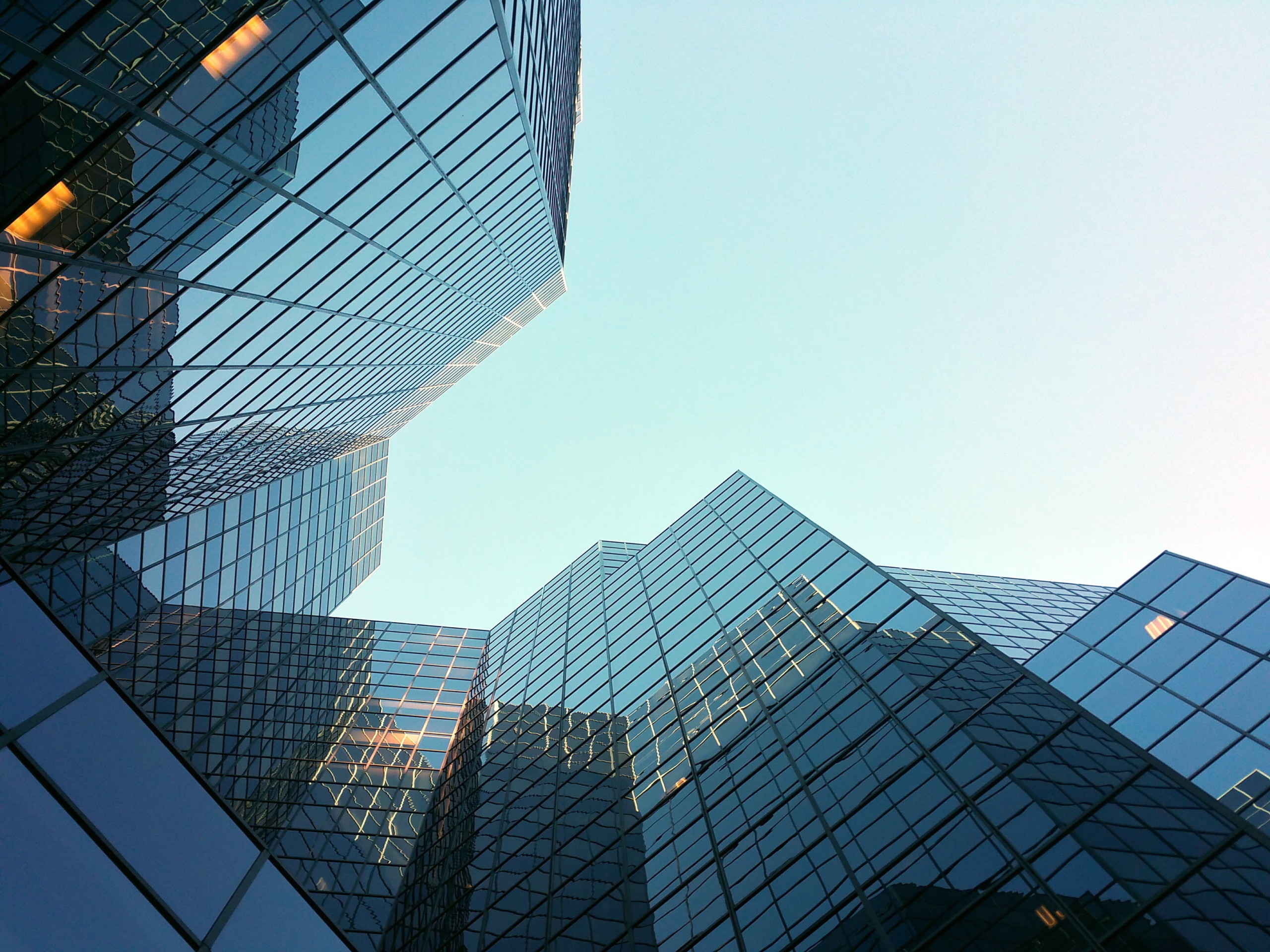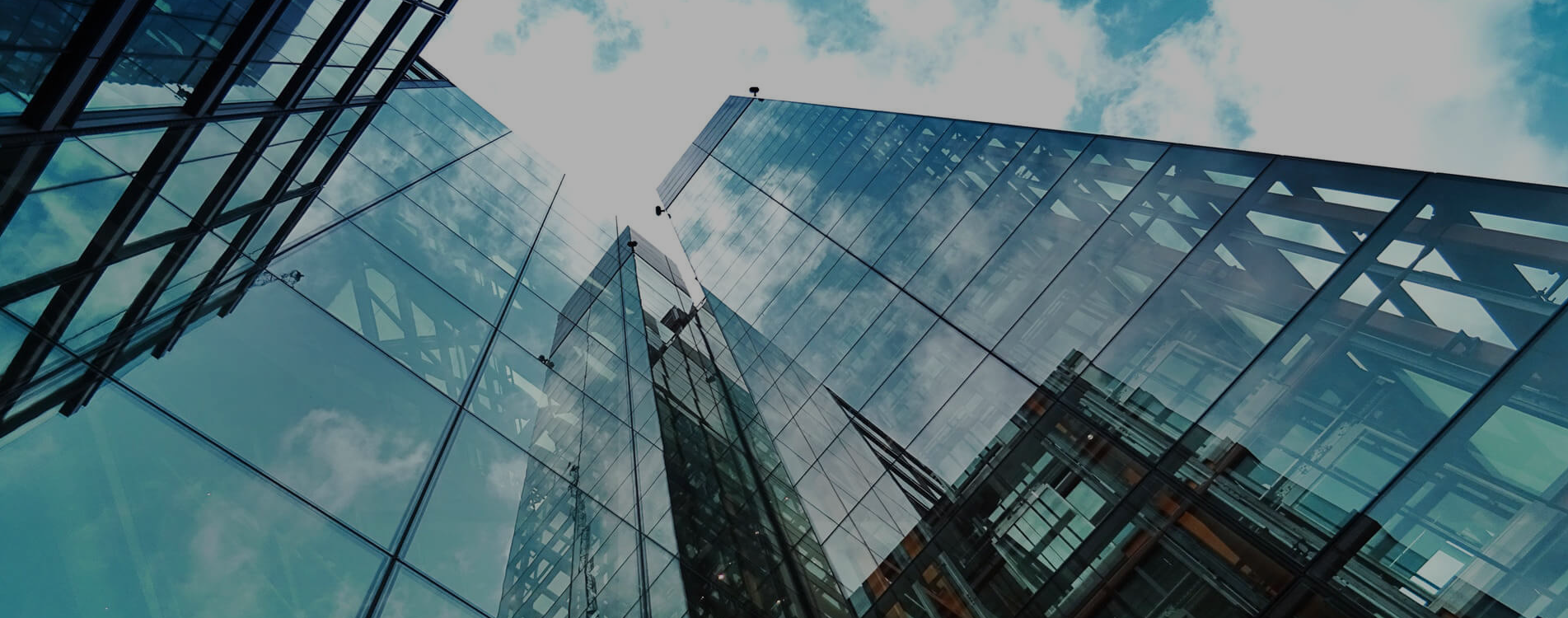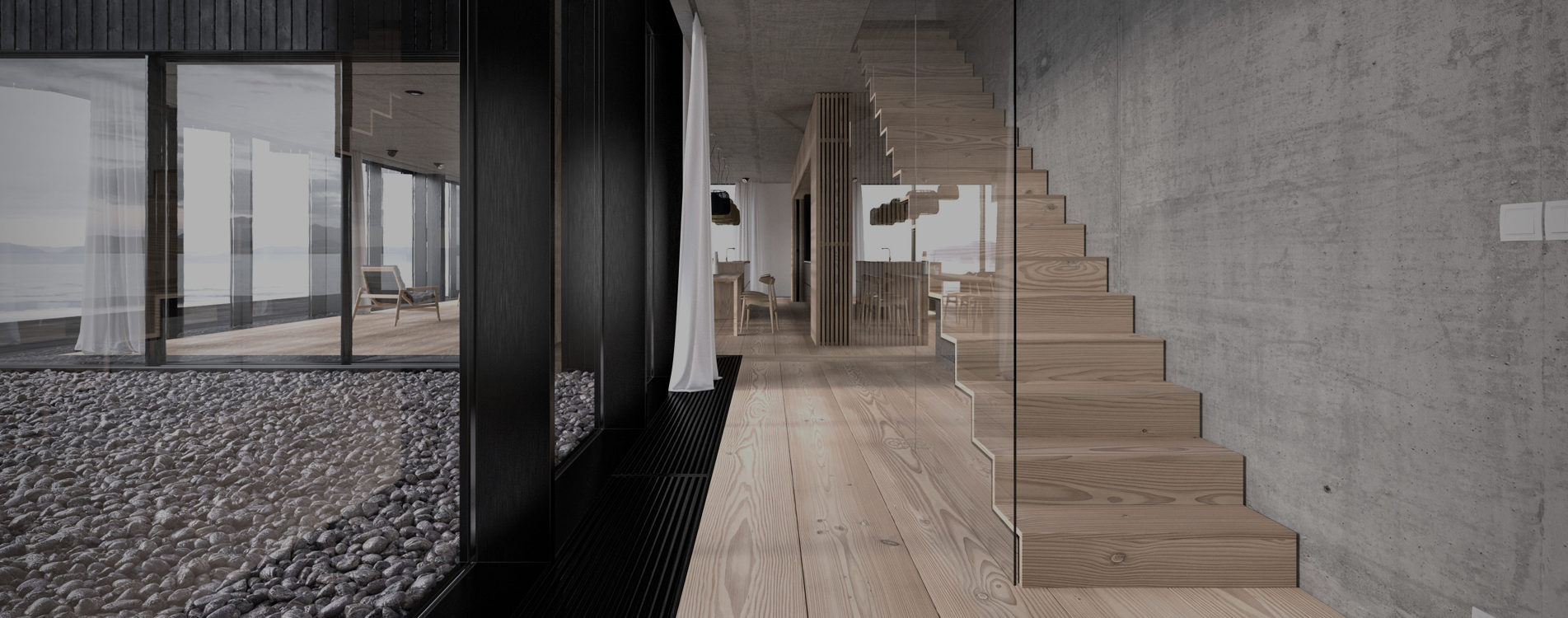Curtain Wall Systems Is a term used to describe a building facade which does not carry any dead load from the building other than its own dead load? These loads are transferred to the main building structure through connections at floors or columns of the building. A curtain wall is designed to resist air and water infiltration, wind forces acting on the building, seismic forces (usually only those imposed by the inertia of the curtain wall), and its own dead load forces.
Curtain walls were originally used to protect medieval castles and were built of stone. Modern curtain walls are typically designed with extruded aluminum members, although the first curtain walls were made of steel. The aluminum frame is typically in filled with glass, which provides an architecturally pleasing building, as well as benefits such as day lighting. However, parameters related to solar gain control, such as thermal comfort and visual comfort are more difficult to control when using highly- glazed curtain walls. Other common infill’s including: stone veneer, metal panels, louvers, and operable windows or vents.
Curtain walls differ from storefront systems in that they are designed to span multiple floors, and take into consideration design requirements such as: thermal expansion and contraction; building sway and movement; water diversion; and thermal efficiency for cost-effective heating, cooling, and lighting in the building.
Design Principles for Exterior Walls
We follow the principles where a building enclosure may be broadly defined as a set of interconnecting elements which separate the outside from the inside. These elements would include exterior walls, a roof, other components such as windows and doors, and sometimes exposed floors. The function of a building enclosure is to control the penetration of snow, wind, rain and sun to the inside and to contain the desired indoor climate. The enclosure must meet many individual requirements but for the purpose of this paper they are limited to the following six:
- Control of air flow, control of heat flow, control over the entry of rain and snow,
- Control of sunlight and other forms of radiant energy, control of water vapor diffusion,
- Accommodation of building movements.
Thermal Insulation (Control of heat flow)
The control of heat flow is generally achieved through the use of insulation. Although it is not apparent from the exterior, the curtain wall system uses considerable insulation usually behind spandrel glass or any opaque panels. Because of the materials used in the structure, i.e., glass and metal, which are highly conductive, the system must also contend with potential condensation on the interior surfaces.
Solar Radiation (Control of sunlight and other forms of radiant energy)
Solar radiation falling on building surfaces may have two distinct effects: the first is to cause a significant change in temperature of the façade elements and the second is the slow but destructive effect of ultraviolet radiation impinging on all materials, particularly organic. On curtain wall systems the most important concerns with solar radiation have been the thermal expansion and contraction of curtain wall components, in particular those forming the outside cladding, and the effects of solar radiation on the glazing elements. A warping of glass occurs due to differences in temperature between the inner and outer panes, while pumping results from expansion and contraction of the air in the cavity of the sealed units. Daily and seasonal temperature differences can also cause this effect. The action of the window (thermal pumping) is particularly stressing to the inner air seal; however, serrated edges or recessed flanges keep the seals from pumping out. Most of the ultraviolet-sensitive materials in curtain wall systems are located in the pocket and cavity areas of the joints and are partly shaded by metallic and glass components.
The Vapor Barrier (Control of water vapor diffusion)
Water in its gaseous phase (water vapor or humidity) always tries to migrate from a region of high water vapor pressure to a region of lower pressure. The migration of water vapor through a wall can be compared to heat flow; it moves through all materials at a rate that is dependent on both the resistance of the materials to water vapor flow and the difference in water vapor pressure on both sides of the material.
The migration of water vapor through an assembly of materials is not a serious problem in itself, provided it does not condense to liquid form in the material or wall. If water vapor islikely to condense in a wall, the principal defense is to restrain its migration by using, a “vapor barrier” with a high water vapor flow resistance, positioned on the warm side of the insulation material or wall assembly.
Joints and Tolerances (Accommodation of building movements)
Movements of the structural elements of a building must be determined prior to the design of an exterior wall system. Movements may be grouped into three types:
- Live load deflections due to occupancy loads or peak wind loads on the building façade, and dead load deflections of the building structure,
- Expansion and contraction of materials as a result of temperature, radiation and sometimes hygroscopic loading,
- Slow but inexorable movements due to gradual deformation, such as creep in concrete, foundation settlement, etc.
The Grade Connection
Whether on a concrete curb, a block wall or a concrete floor slab edge, the grade connection interface between the curtain wall and the remainder of the building is particularly sensitive to rain penetration and air infiltration. This design approach often results in two performance problems: first, cold air infiltrates through the ends of the vertical tubes, increasing the potential for condensation on the tube surfaces and for glass breakage, and second, rainwater accumulates in the cavity between the curtain wall section and the floor, which will prematurely deteriorate the floor-to-mullion air seal.
The Masonry Interface
In the recent past there has been a trend in architectural practice to devise new ways of obtaining the flush façade. Specifically, window glass is often aligned or nearly aligned with the exterior veneer or cladding to create a smooth unsculptured exterior wall. The reasons are twofold: first, the wall insulation is out of line with the thermal break of the curtain wall mullion. This results in a discontinuity of the insulation plane and creates a thermal bridge that allows part of the interior structural or metallic components to become cooler than the inside dew point temperature.
The Precast Panel Interface
At times a curtain wall is used in a building façade system with conventional precast panels. Vertical strips of precast panels are interspaced with vertical strips of windows or horizontal strips of precast panels can be interspaced with horizontal strips of windows to create a layered effect of glazing, precast, and glazing.
Sloped Walls (Glass Roofs)
Architects and owners want to see through their roofs. Skylights, atrium and mall spaces are to be bright, open and clear and at the same time provide all the functions of a normal roof. The first attempt at constructing sloping glass walls using conventional mullion sections revealed the major weakness almost immediately.
Because of the angle at which the mullions rested, the cavity could not drain and the window unit glazing seal could be continually immersed in water. This caused two problems:
It destroyed the inner air seal, which eventually allowed rain to penetrate, and the glazed sealed window unit failed prematurely because the edges were frequently immersed in water. In addition, it was discovered that if sloped walls were constructed in humid environments, severe condensation would form on the glass surfaces, accumulate at the lower edge, and drip from the horizontal bars. While this was not a serious problem, some measure would have to be taken to control the effects of condensation.


